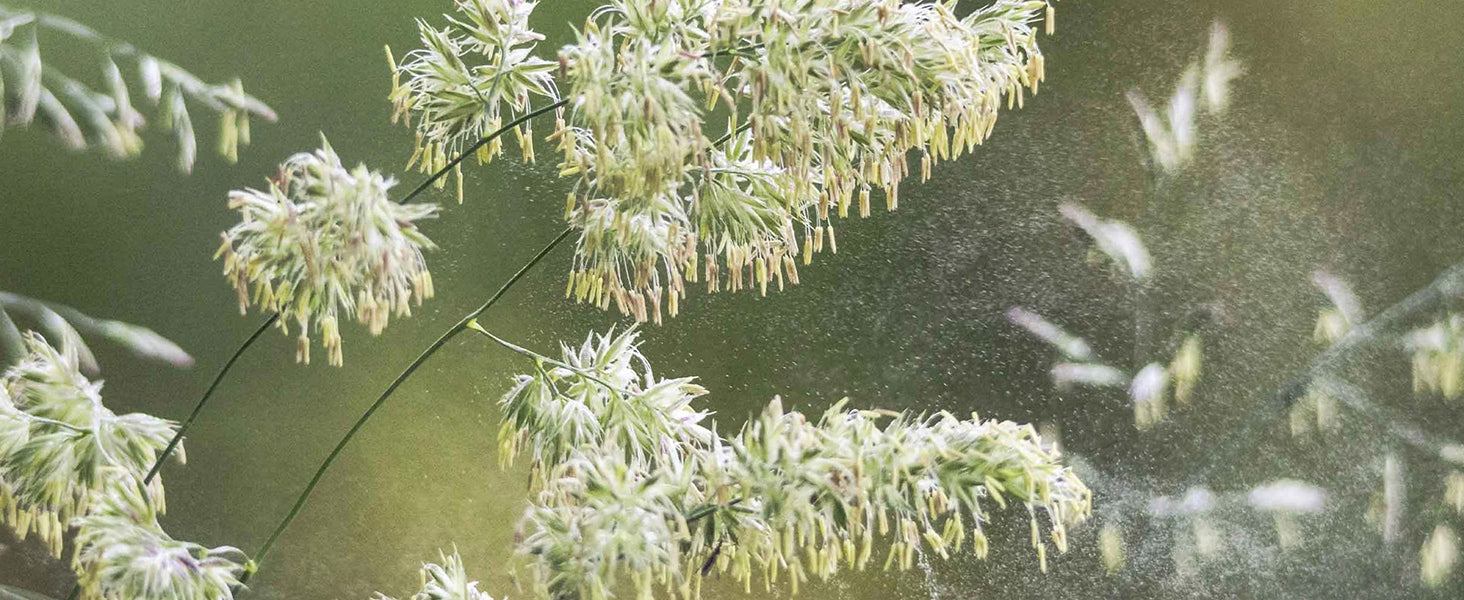
Pollen
Pollen is a fine, powdery substance produced by plants as part of their reproductive process. Pollen grains becomes airborne, making it a common allergen. Insect-pollinated plants, like many flowers, have heavier, stickier pollen that is less likely to cause allergies.
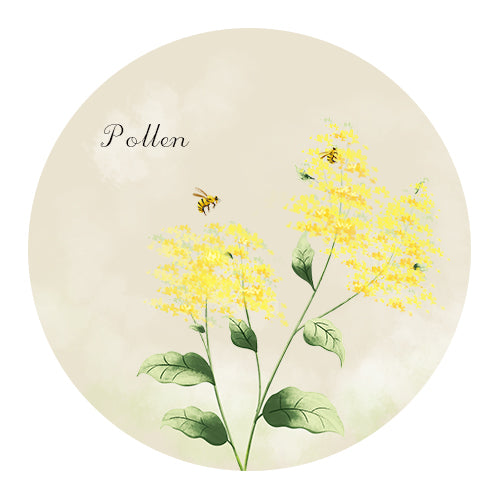
What is Pollen?
Pollen is a fine, powdery substance produced by plants as part of their reproductive process. It contains the male gametes necessary for fertilizing other plants of the same species. Pollen grains are typically dispersed by wind (anemophilous plants) or insects (entomophilous plants). Wind-pollinated plants, such as trees (e.g., birch, oak), grasses, and weeds (e.g., ragweed), produce lightweight pollen that becomes airborne, making it a common allergen. Insect-pollinated plants, like many flowers, have heavier, stickier pollen that is less likely to cause allergies.
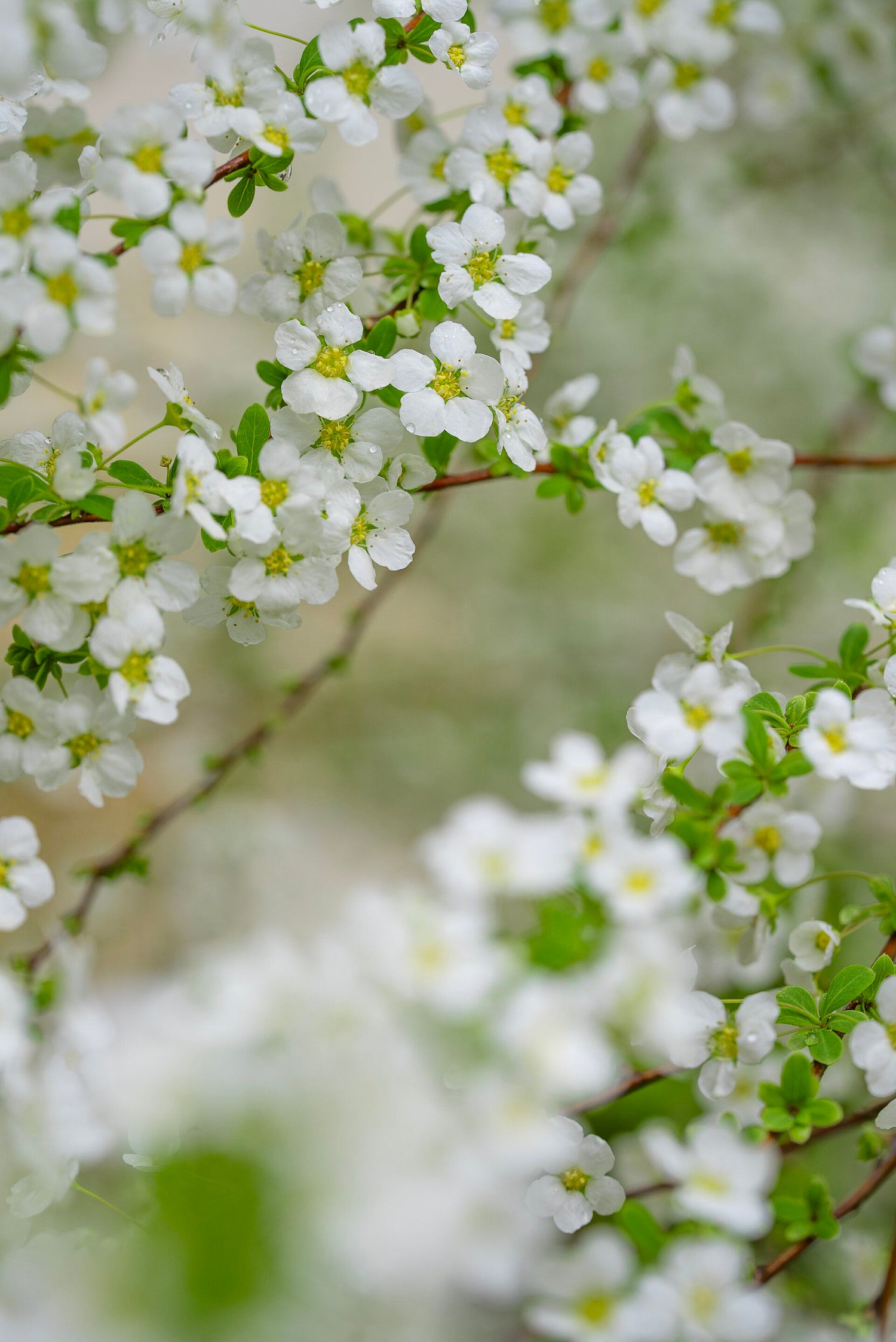
Health Risks Associated with Pollen
Pollen is a major trigger for seasonal allergies (hay fever) and can exacerbate respiratory conditions. Key health risks include:
- Allergic Rhinitis (Hay Fever):
Symptoms include sneezing, runny or stuffy nose, itchy throat, and nasal congestion. This occurs when the immune system overreacts to inhaled pollen, releasing histamines that cause inflammation. - Asthma Exacerbation:
Pollen can trigger asthma attacks, leading to wheezing, shortness of breath, and chest tightness. High pollen counts are linked to increased emergency room visits for asthma. - Allergic Conjunctivitis:
Pollen exposure often causes red, itchy, watery eyes due to inflammation of the eye membranes. - Sinusitis:
Chronic nasal congestion from allergies can lead to sinus infections by blocking sinus drainage. - Eczema Flare-Ups:
Some individuals may experience worsened atopic dermatitis (eczema) due to pollen exposure.
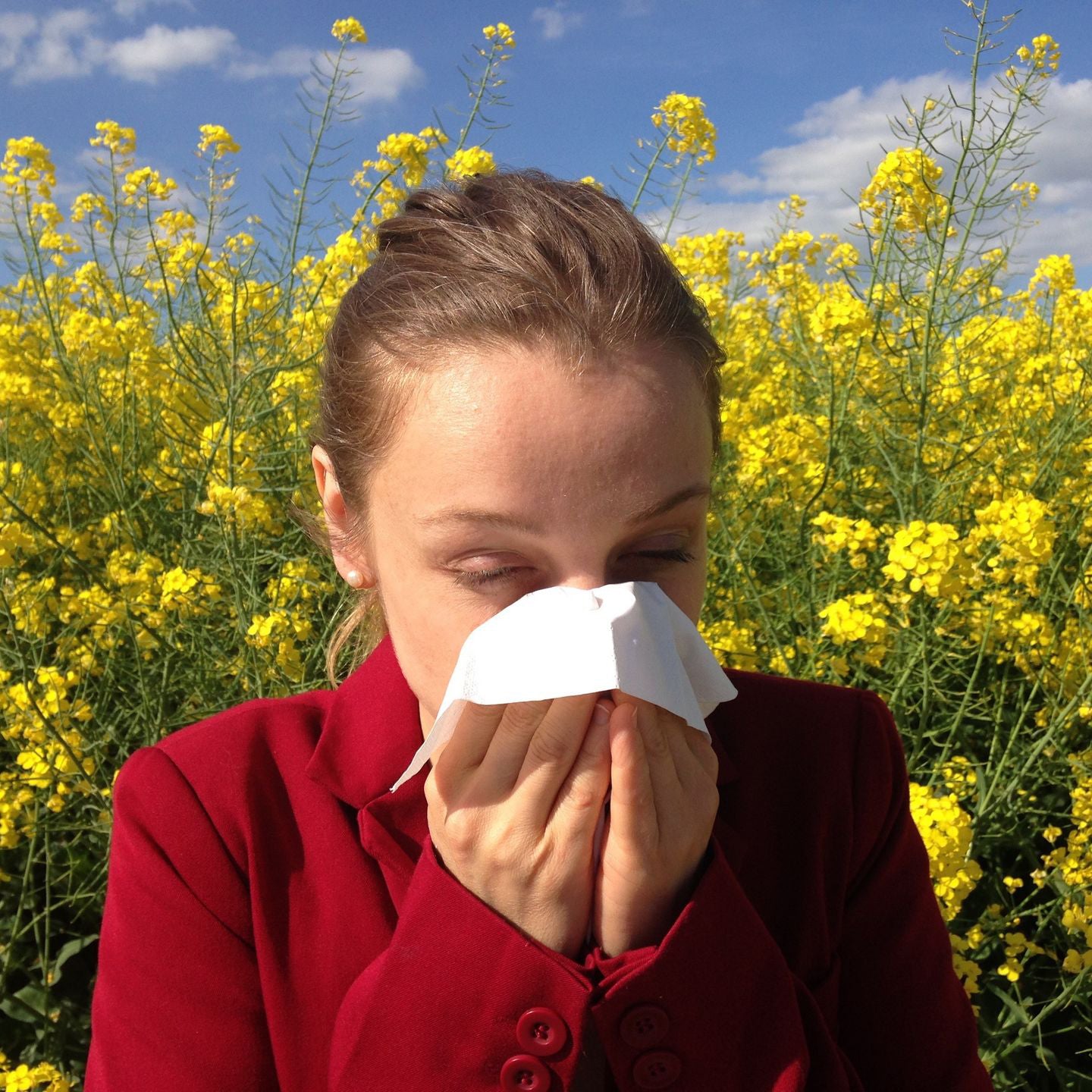
Vulnerable Populations
Individuals with pre-existing allergies or asthma.
- Children, the elderly, and those with compromised immune systems.
- Outdoor workers or those with high pollen exposure.
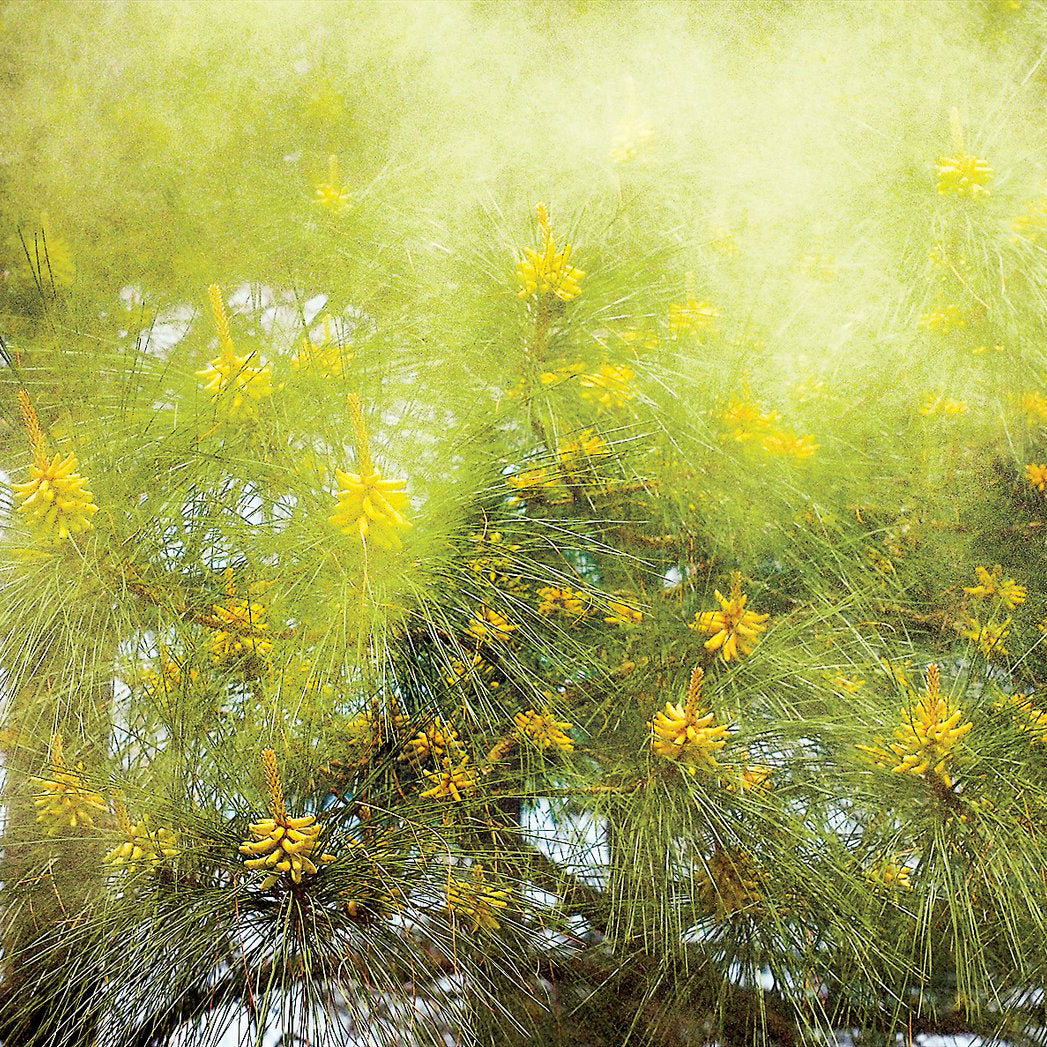
Factors Influencing Pollen Impact
- Seasonality: Tree pollen peaks in spring, grass in summer, and weeds in fall. Warmer climates may have year-round pollen.
- Weather: Dry, windy days increase pollen dispersal, while rain temporarily reduces it.
- Climate Change: Longer growing seasons and higher CO₂ levels may increase pollen production and allergenicity.
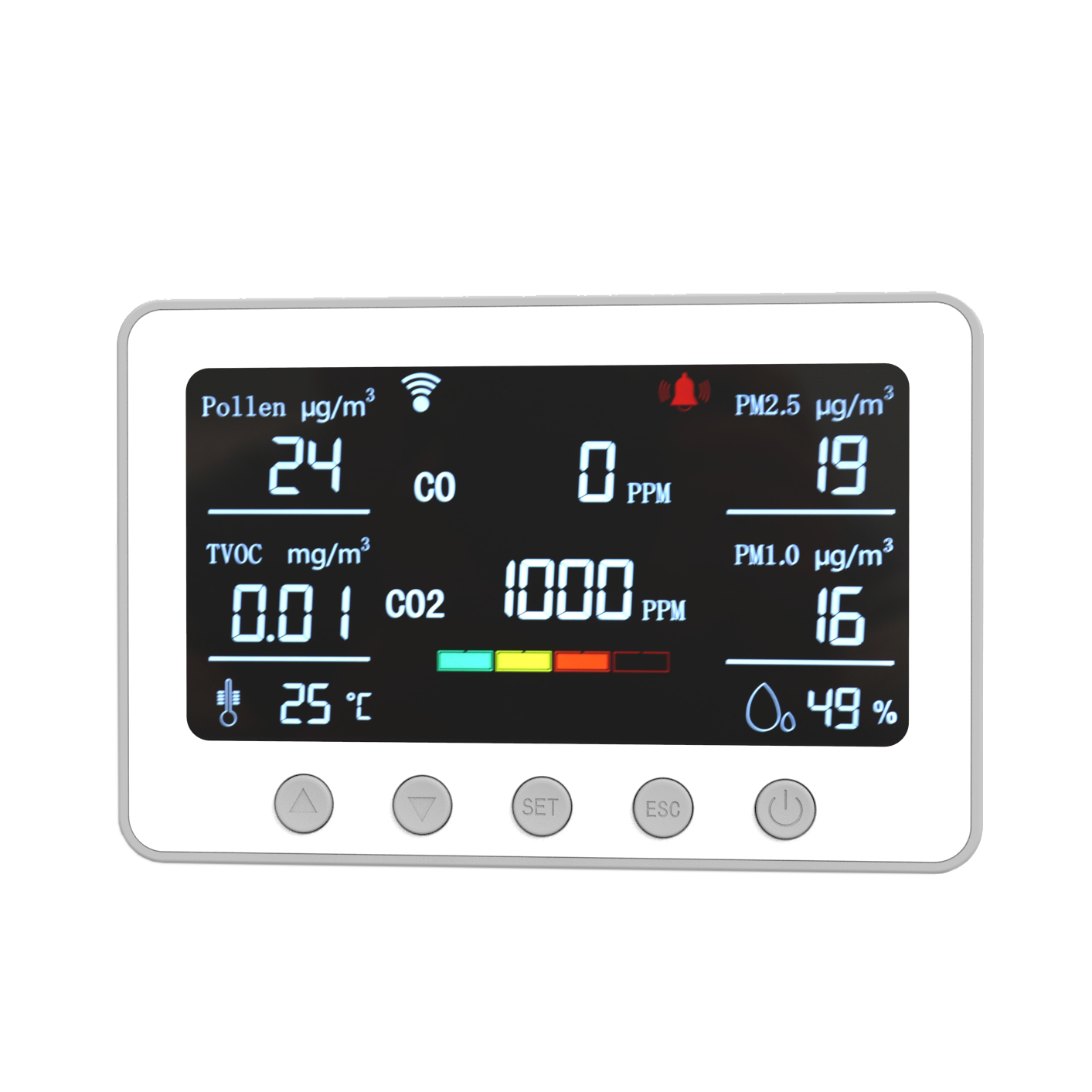
Management and Prevention
- Monitor Pollen Counts: Check local forecasts and stay indoors when counts are high.
- Reduce Exposure: Keep windows closed, use air purifiers, and shower after being outdoors.
- Medications: Antihistamines, nasal corticosteroids, and decongestants can alleviate symptoms.
- Allergy Immunotherapy: Allergy shots or sublingual tablets may provide long-term relief.
- Consult a Specialist: An allergist can offer testing and personalized treatment plans.
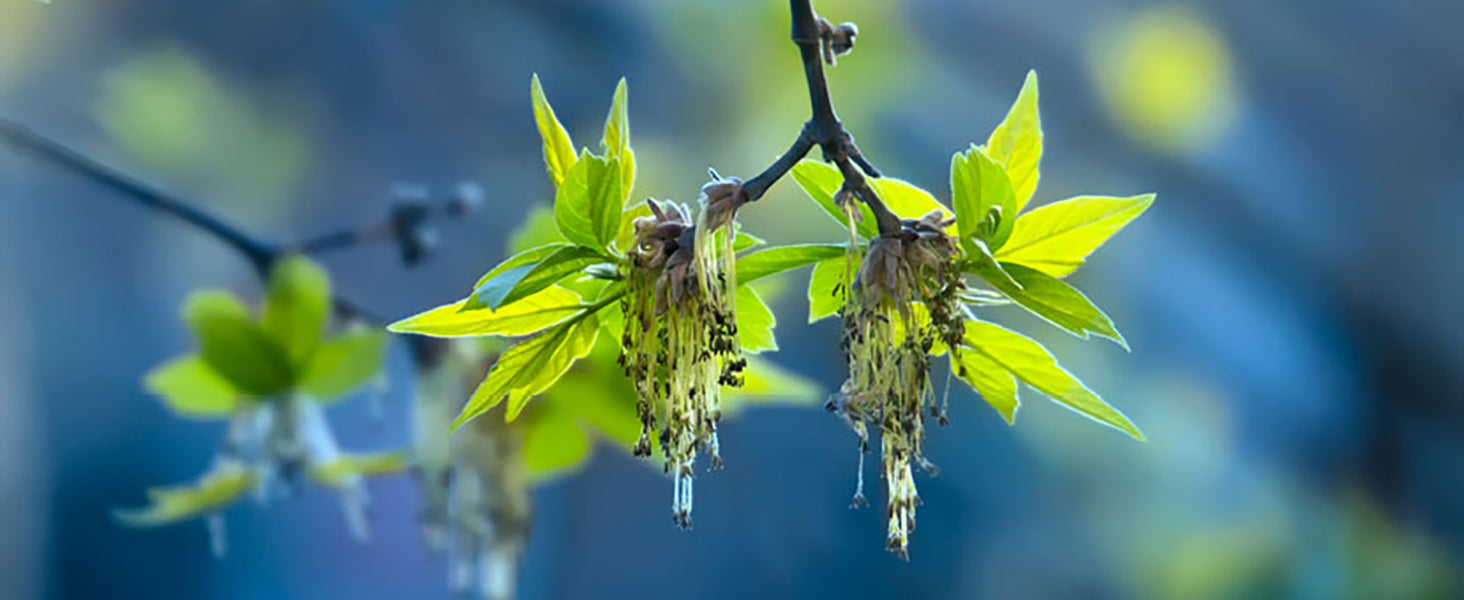
Conclusion
While pollen is harmless to many, it poses significant health risks for allergy and asthma sufferers. Understanding triggers, monitoring pollen levels, and proactive management can mitigate these risks and improve quality of life during peak seasons.